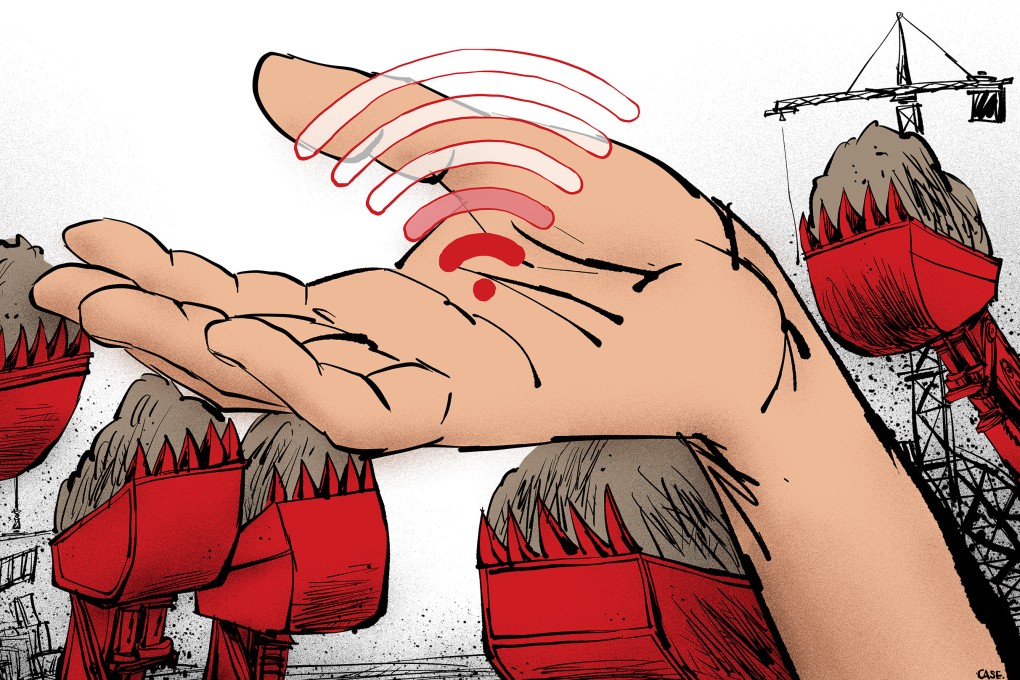Advertisement
Opinion | China’s belt and road will still focus on hard infrastructure, whatever Beijing says
- A professed shift in focus from hard infrastructure to ‘institutional connectivity’ is laudable but unlikely to happen
- The open nature of the belt and road deters efforts to shape it into a more binding platform, and Chinese companies are likely to cement their foothold in the industry by building more, not less
Reading Time:4 minutes
Why you can trust SCMP
2

When most people think of China’s Belt and Road Initiative, they picture mega ports, high-speed rail lines and billion-dollar highways. They don’t tend to picture alignment on technical standards or cooperation on customs regulations, and yet, according to Beijing, this is the sort of thing the belt and road will be focusing on in its second decade.
During his keynote speech at the recently concluded Belt and Road Forum, President Xi Jinping said belt and road cooperation had already “expanded from physical connectivity to institutional connectivity”, and the belt and road white paper published just before the forum also emphasised the importance of “soft connectivity”.
This “soft” connectivity, as opposed to the “hard connectivity” of roads and bridges, is essential for sustainable development and regional integration.
In 2019, the World Bank published a study that is frequently cited by Beijing to demonstrate the belt and road’s benefits. What Beijing doesn’t mention is the finding that the initiative’s success hinges on “deeper policy reforms” in China and belt and road countries – that is, soft connectivity.
Since at least the 1990s, Western development finance has focused on the soft, institutional side of development, while Beijing’s approach has been characterised by financing for big, physical infrastructure projects. If the belt and road were to switch focus to soft connectivity, it would mark a departure from Beijing’s traditional approach.
Some commentators say this softer, slimmed-down belt and road reflects economic realities. Chinese policy banks aren’t willing or able to lend like they used to, and host countries are also reluctant to take on more debt. The need for more budget-friendly development projects may also lie behind Beijing’s new emphasis on what Xi calls “small, yet smart” projects.
Advertisement
